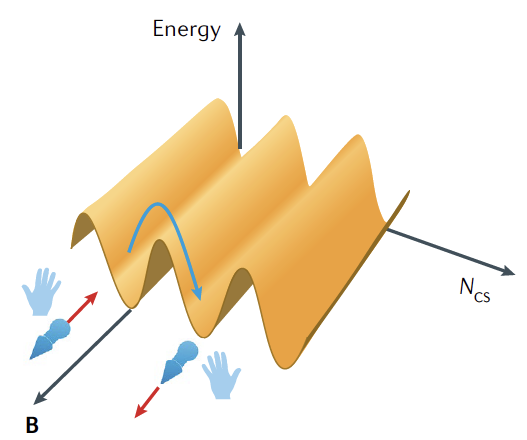A decisive isobar collision experiment, involving hundreds of scientists and costing many millions of dollars, was performed in 2018 at the Relativistic Heavy Ion Collider (RHIC) of the Brookhaven National Laboratory. With the dedicated goal of finding a novel yet elusive phenomenon called the chiral magnetic effect (CME), its outcome has been under intensive data analysis, which is expected to conclude in just a few months into 2021. Critical to its success, would be the most reliable theoretical predictions for the CME signatures, which were not available until the latest paper by Prof. Jinfeng Liao and collaborators published by the Physical Review Letters. By developing a state-of-the-art computational tool based on a new kind of anomalous-viscous fluid dynamics framework for accurately simulating this effect in the isobar collisions, the authors managed to put on the table a set of quantitative results for how the CME would unambiguously show up in the complex patterns of emitted subatomic particles from those collisions. This work will play a pivotal role in potentially discovering the CME in an unmistakable way. The developed tool has since been widely adopted by experimentalists to help develop and test their analysis observables. See full article Signatures of Chiral Magnetic Effect in the Collisions of Isobars
The CME, if found, is of paramount importance. It will offer the first glimpse directly into the long sought-after transitions between topologically distinct vacuum sectors in non-Abelian gauge theories, which hold the key for understanding many intriguing aspects in the Standard Model of fundamental interactions. It also has far-reaching impacts on other disciplines of study such as condensed matter physics and cosmology. The physics of CME and the search for it in heavy ion collisions are explained by Prof. Liao and his co-author Prof. Kharzeev from Stony Brook University, for a broad audience in a latest invited “Perspective” article just published by the Nature Reviews Physics. See full article Chiral Magnetic Effect Reveals the Topology of Gauge Fields in Heavy-Ion Collisions

 The College of Arts
The College of Arts